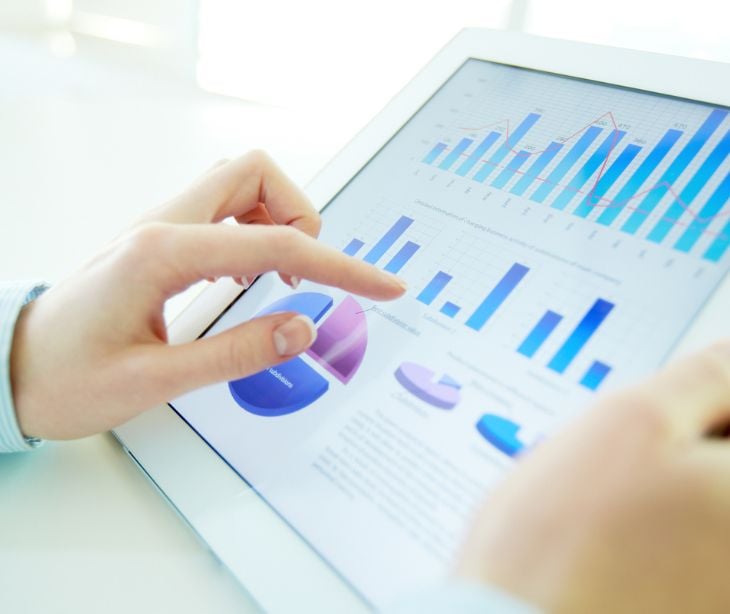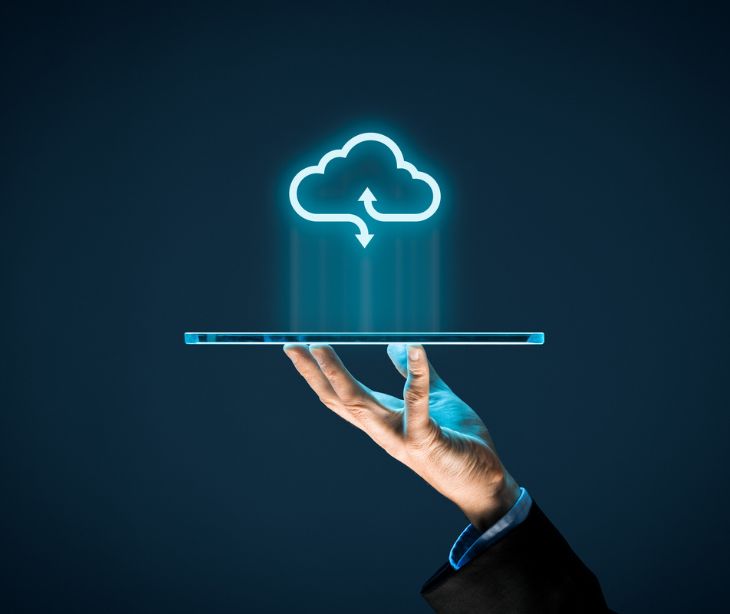
Data analytics in healthcare involves using various techniques and technologies to extract valuable information from vast amounts of data, including electronic health records (EHRs), medical imaging, clinical trials, and claims data. Any potential uses of protected health information (PHI) should be carefully considered.
What is data analytics?
Data analytics is the process of examining and interpreting data to gain insights, identify patterns, and make data-driven decisions. It involves using various techniques, tools, and methodologies to extract valuable information and knowledge from large and complex datasets.
Data analytics transforms raw data into meaningful and actionable insights, allowing organizations to optimize processes, improve decision-making, and uncover new opportunities or trends. It is widely used in various industries, including healthcare, finance, marketing, retail, and more, to gain a competitive edge and drive business growth.
Uses of data analytics in healthcare
- Clinical decision support: Data analytics can analyze patient data, medical history, and treatment outcomes to provide clinicians with evidence-based insights and decision-support tools. This helps healthcare professionals make more informed and personalized patient treatment decisions.
- Predictive analytics for early intervention: By analyzing patient data and trends, data analytics can identify patterns that indicate potential health risks or the likelihood of developing specific conditions. This allows healthcare providers to intervene early and prevent the progression of diseases.
- Population health management: Data analytics can analyze health information from large patient populations to identify trends and risk factors. This helps healthcare organizations proactively address public health issues and allocate resources efficiently.
- Remote patient monitoring: Data analytics can be applied to data collected from wearable devices and remote monitoring systems, enabling healthcare professionals to track patients' vital signs and health indicators remotely.
- Patient risk stratification: Data analytics can assess patient data to stratify patients into risk groups based on their health status, allowing healthcare providers to tailor interventions and resources accordingly.
- Quality improvement initiatives: Data analytics can analyze healthcare performance metrics and outcomes to identify areas of improvement and support quality improvement initiatives.
HIPAA compliance and data analytics
Enforce Technical Safeguards
Implement role-based access controls to limit access to PHI during data analytics based on the principle of least privilege. Furthermore, ensure that data transmission, such as HIPAA compliant email software, is in use.
Execute Business Associate Agreements (BAAs)
If third-party vendors or external partners are involved in data analytics activities and have access to PHI, ensure that BAAs are in place. These agreements should outline their responsibilities for safeguarding PHI and complying with HIPAA.
Practice Data De-Identification and Anonymization
Prioritize de-identification of PHI to minimize risks when feasible. De-identified data is not subject to HIPAA regulations and can be used more freely for analysis.
Audit and Monitor Compliance
Regularly audit data analytics processes to ensure HIPAA compliance is maintained and PHI is protected throughout the analytics lifecycle.
Establish Incident Response and Contingency Plans
Develop and maintain a comprehensive incident response plan to address any security breaches or incidents involving PHI during data analytics. Additionally, have contingency plans in place to maintain data availability and continuity in case of emergencies or disruptions.
Related: Best practices to de-identify PHI
Risks associated with using data analytics in healthcare
One risk associated with using data analytics in healthcare is the potential for privacy breaches and unauthorized access to sensitive patient information. Healthcare data often contain highly sensitive and personal information, including medical histories, diagnoses, treatments, and other PHI. When healthcare organizations use data analytics to extract valuable insights from this data, there's a risk that unauthorized individuals could gain access to this information.
This is especially prevalent within cases of third-party data analytic software and data aggregation or linking. If third parties don't have sufficient security measures in place or if they mishandle the data, it could lead to privacy breaches. Data analytics also often involves aggregating and linking data from multiple sources to better understand patients' health.
Subscribe to Paubox Weekly
Every Friday we'll bring you the most important news from Paubox. Our aim is to make you smarter, faster.




